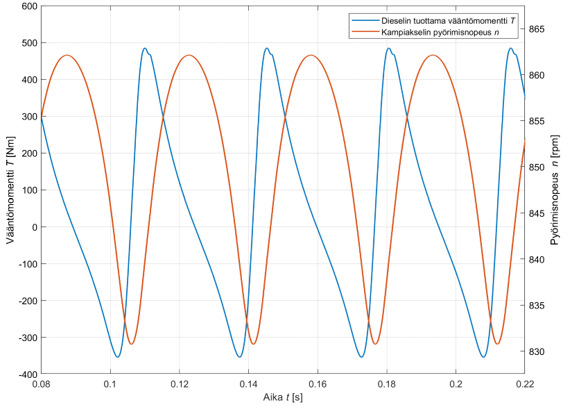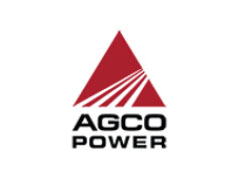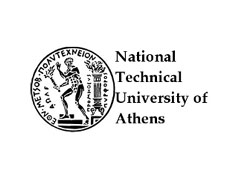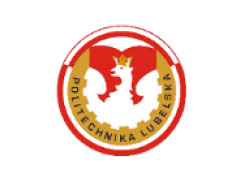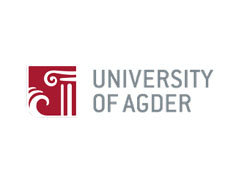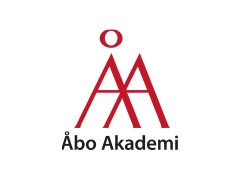Lauri Laitinen’s Master’s thesis “Active compensation of diesel engine torque and speed ripple in a hybrid working vehicle by using an electric drive” has been completed at the LUT University this summer. The thesis is part of the Clean Propulsion Technologies project’s WP4 ‘Multiple power source propulsion’
The main objectives of the thesis were to study the feasibility and possibilities of reducing the vibration caused by an internal combustion engine with electric machine control in a hybrid vehicle. Simulations were conducted as a literature review with a parallel hybrid simulation model. The feasibility of ICE vibration reduction control solutions was studied.
“The research offered a lot of theoretical insight into control systems and potential issues that may arise along with an overall greater understanding on how electric and hybrid systems work. It was interesting to see that many different solutions have already been researched, but little information is available of what kind of control methods are actually in use by the manufacturers, says Laitinen.
The thesis offers a literature review and simulation cases for conducting more advanced laboratory and R&D tests with real-life hardware or software side control design related to vibration control. Real-life tests are required to better understand the speed requirements and limitations of the control methods studied.
This summer Laitinen worked as a summer trainee in a position closely related to the technology studied in his thesis. In the future, he is interested in working in the transport sector, for example in marine or off-highway related positions.
“Writing the thesis during the fifth academic year meant that the final courses had to be done at the same time. This led to a very tight schedule at the end of the school year. Overall, I am happy with the outcome as a lot was learned and I was able to finish all the things that were planned“ Laitinen sums up.
The attached figure is an example of the vibration, generated by the (internal combustion) engine. The work studied its smoothing. An electric motor would reduce the peak values of the torque. (y-axis: engine torque. – x-axis: time. – Blue: the torque of the engine – Red: the speed of the engine crankshaft.)
The thesis can be found (in Finnish): https://cleanpropulsion.org/arkistot/publication/hybridityokoneen-dieselmoottorin-vaanto-ja-nopeusvareen-aktiivinen-kompensointi-sahkokayton-avulla
